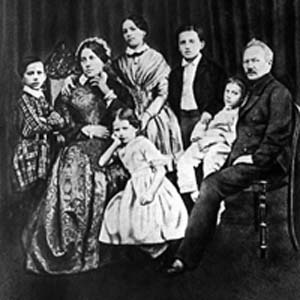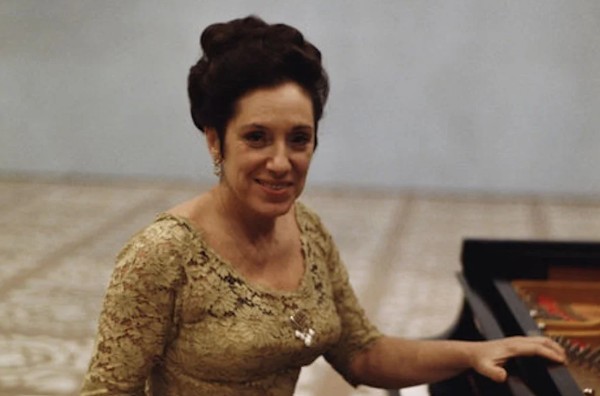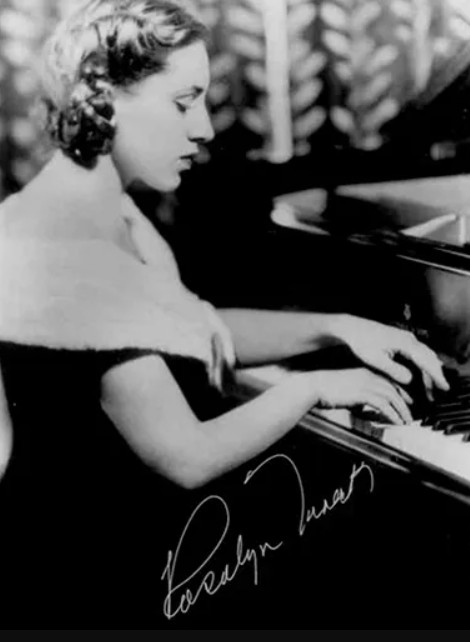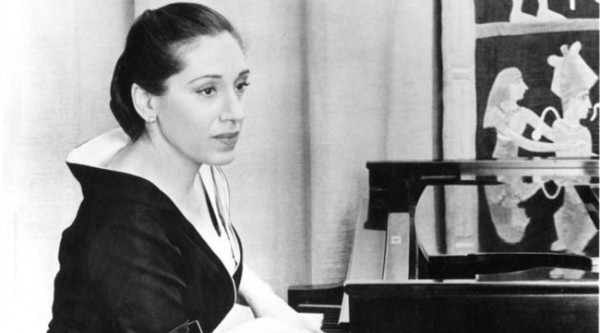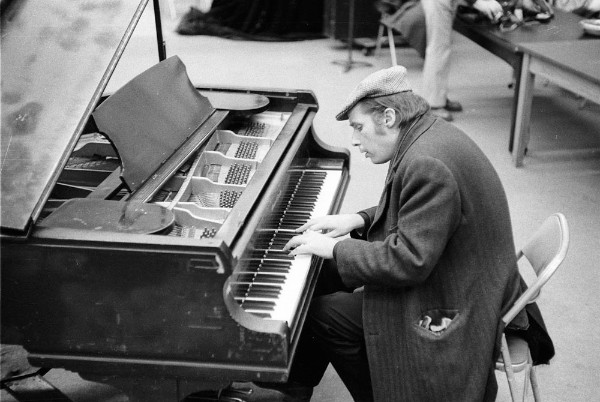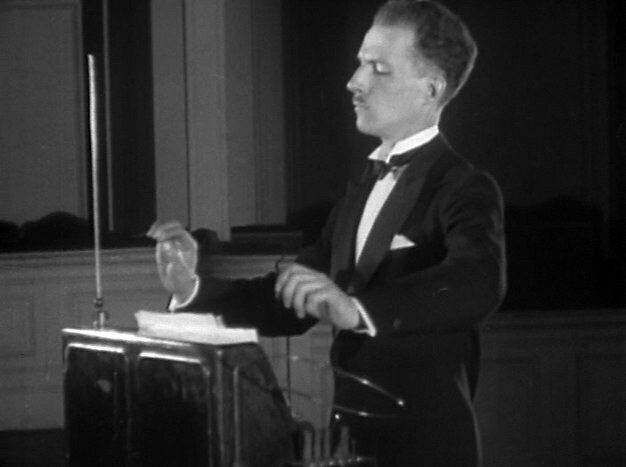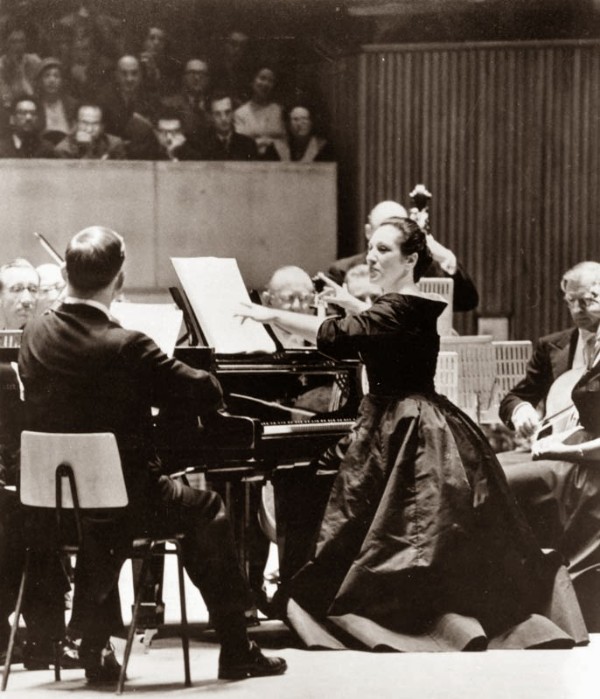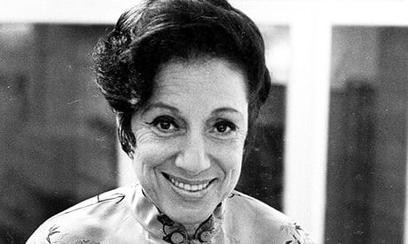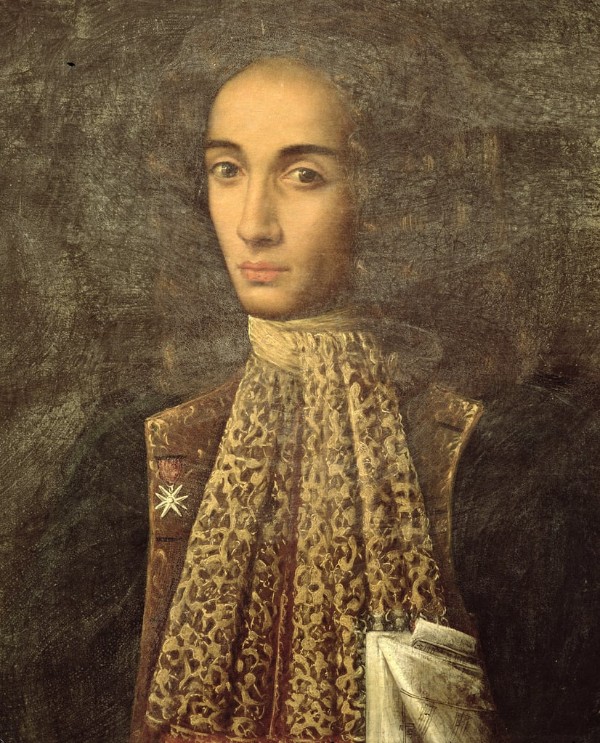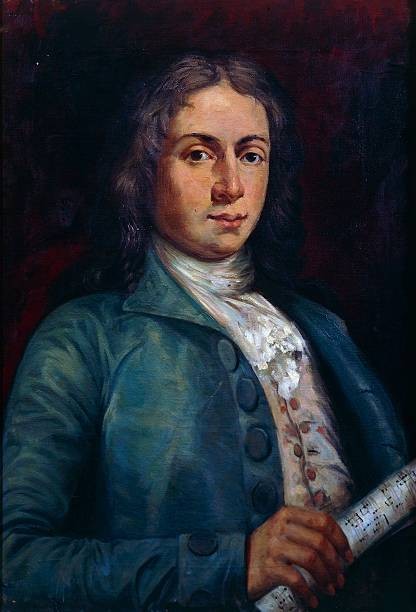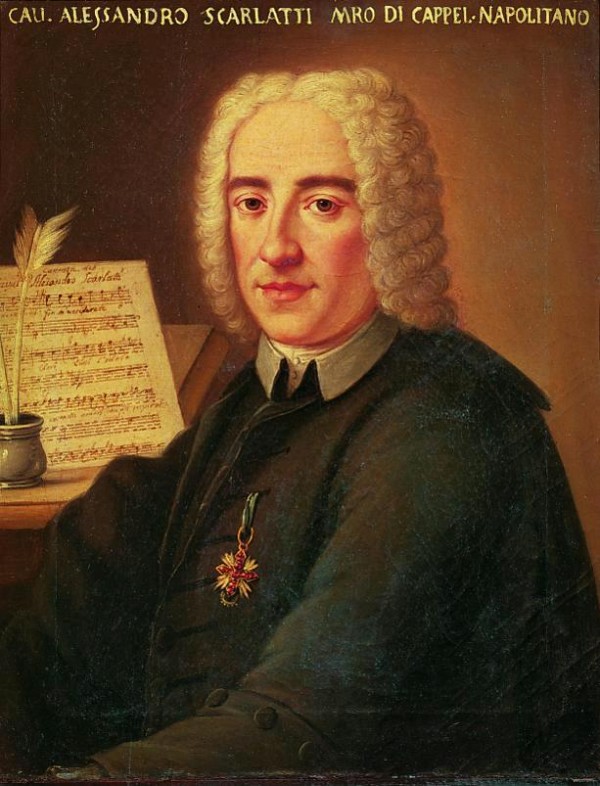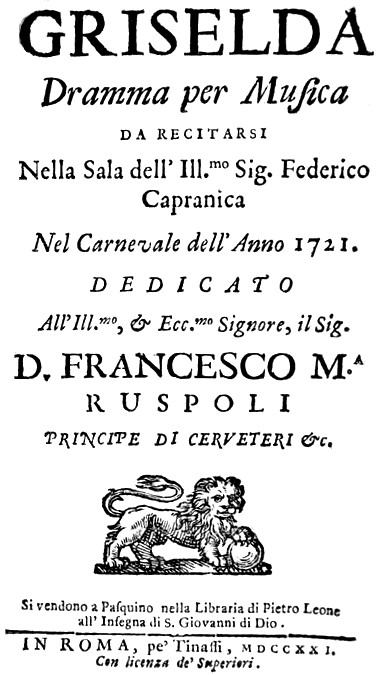by
Martha Argerichs simultaneously one of the most celebrated and most enigmatic of classical music stars. Many people call her the greatest pianist of her generation – and others, the greatest pianist who ever lived!
Today, we are taking a look at the life and career of this fascinating woman and looking at fifteen facts you might not have known about her.
1. Martha Argerich was a precocious child.
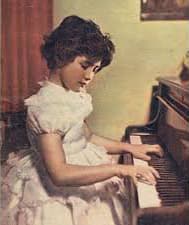
Martha Argerich as a kid
She began kindergarten before her third birthday. One day, a schoolmate teased her that she couldn’t play piano. She then proceeded to sit down and play a piece by ear that their teacher had just played for them. She was just three years old.
2. Her first piano teacher was Italian pianist Vincenzo Scaramuzza.
He said of her that she may have been six, but she had the soul of a 40-year-old.
3. When she was a teenager, her family moved to Europe, and she began studying with one of the quirkiest pianists of all time.
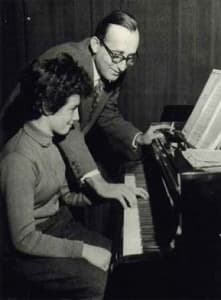
Friedrich Gulda and Martha Argerich
His name was Friedrich Gulda, and he flouted convention by doing things like playing a concert in the nude and even faking his own death. His rebellious spirit appealed to Argerich, and although she only studied with him for eighteen months, she has cited him as one of the most important influences in her musical life.
4. When she was sixteen years old, she won two major competitions within the span of three weeks:
The Geneva International Music Competition and the Ferruccio Busoni International Competition.
5. When she was a young woman, she gave up the piano for three years.
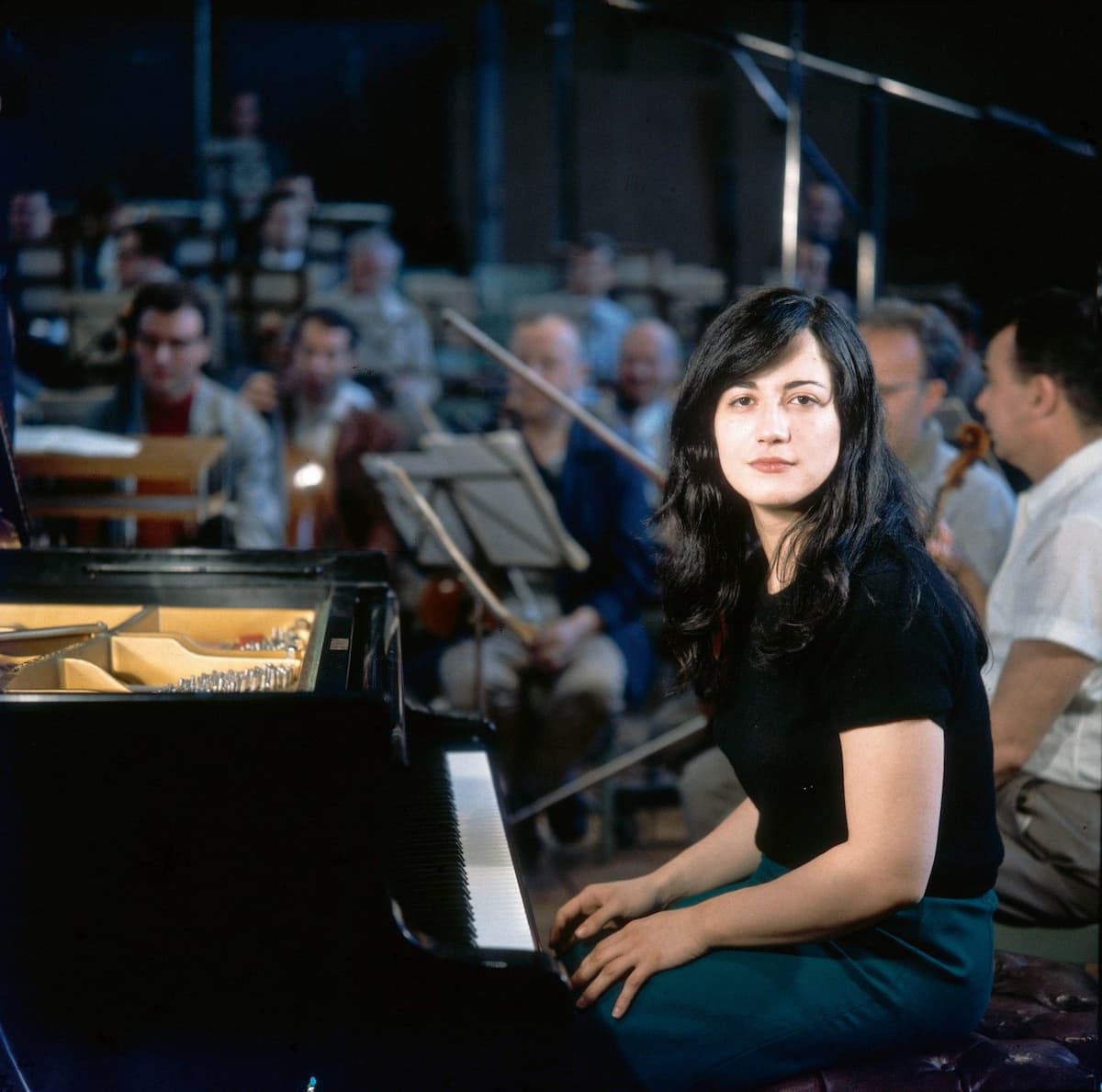
Martha Argerich
During this time, she considered becoming a doctor or a secretary. Luckily for listeners, she returned to the keyboard, and she won the 1965 Chopin competition when she was twenty-four, shortly after her break and after having given birth to her first child.
6. Her personal life has been tumultuous.
Her first husband was composer and conductor Robert Chen, a friend whom she was married to briefly in 1964. In 1969, she married conductor Charles Dutoit, who became a trusted musical collaborator. In the 1970s she was partnered with pianist Stephen Kovacevich. She had three daughters, one during each relationship.
7. Argerich was an unconventional mom.
She liked having her kids at home rather than sending them to school, and she fostered a bohemian atmosphere, often staying up all night and sleeping well past noon. She did not have custody of her first daughter, Lyda Chen, and didn’t see her very often until she was a teenager. The two have reconciled and, according to a 2016 profile in the Washington Post, mother and daughter remain close.
8. Martha Argerich speaks six languages:
Spanish (her native language), Portuguese, French, English, German, and Italian. She spoke French at home when raising her daughters.
9. She can feel “lonely” onstage.
To combat this, she has shied away from solo repertoire and focused on chamber music and concerto performances, where she has other musicians to bounce ideas off of.
10. She is notorious for canceling appearances, due to incapacitating stage fright.
This happens so often that she doesn’t sign contracts. She also loathes giving interviews, which is why you read so few of them.
11. Her repertoire is relatively small.
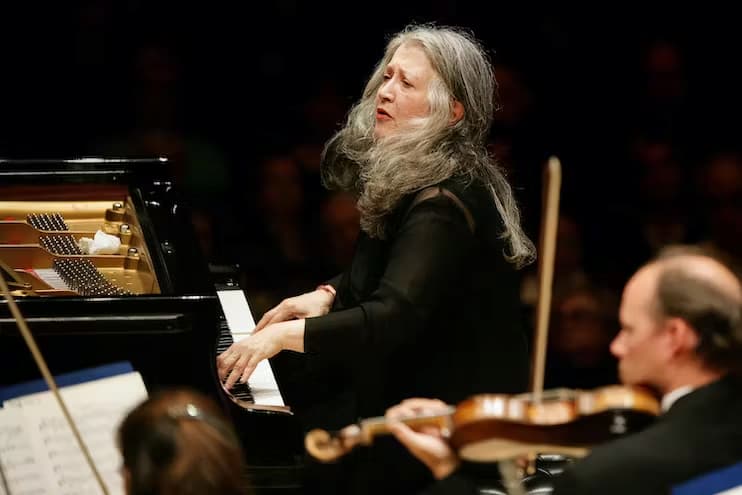
Martha Argerich with The Philadelphia Orchestra, 2008 © carnegiehall.org
She doesn’t like to perform pieces that she doesn’t feel a deep connection with. Her favorite composers, and the composers she feels the deepest connection to, include Schumann, Ravel, and Chopin.
Martha Argerich: Schumann Piano Concerto in A minor, Op. 54 (2022)
12. She loves Beethoven’s fourth piano concerto so much that she has never played it in public.
She also says that hearing Stephen Kovacevich playing this concerto was the thing that made her fall in love with him. She believes she will never play it in public. It’s the only Beethoven piano concerto that she hasn’t performed.
13. She travels the world with a stuffed Paddington bear.
Argerich’s oldest daughter told Gramophone in 2021, “She is always hugging her Paddington Bear and it is falling to pieces. This is the bear that Stéphanie [her youngest daughter] offered her to protect her during her travels, and has been traveling for at least 25 years, and recently had a change of clothes which was very complicated because we could not find exactly the right red hat and blue outfit.”
14. Martha Argerich was diagnosed with malignant melanoma in 1990.
She was forty-nine years old. It was treated and went into remission, but then returned five years later. Luckily, an experimental treatment in California resulted in Argerich becoming cancer-free.
15. In 2012 Stéphanie Argerich filmed a thoughtful documentary about her mother called Bloody Daughter.
In it, Martha Argerich comes across as a magnetic presence, simultaneously intense and childlike. In a poignant voiceover, Stéphanie says, “My mother is a supernatural being in touch of something beyond the reach of ordinary mortals. In fact, I’m the daughter of a goddess.”
